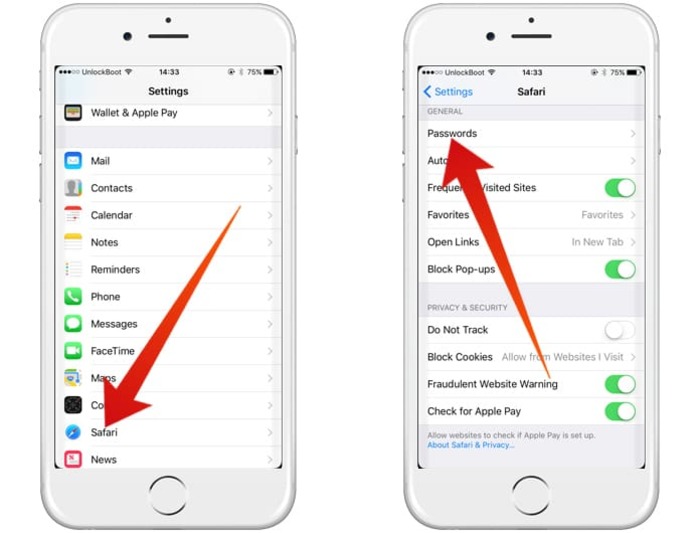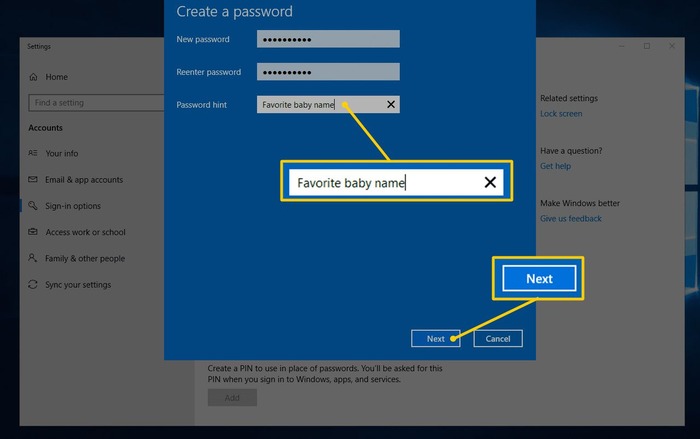Want to see your saved passwords? You can usually find them in your device or browser settings.
The steps change depending on what you’re using—Android, iPhone, Windows, Mac, or a browser.
Here’s a simple guide to help you out.
Finding Passwords in Web Browsers
Browsers often ask to save your password when you log into a site. It’s handy but not super safe—hackers might get to them.
Built-in browser storage isn’t the strongest option either. Still, here’s how to view them:
Google Chrome
- Open Chrome.
- Find the key-shaped Passwords icon.
- No icon? Click the three dots (top-right), then Settings > Autofill and Passwords > Google Password Manager.
- Your passwords will show up there.
Safari
- Launch Safari.
- Go to Settings or Preferences.
- Hit Passwords, then log in with Touch ID or your password.
- Pick a site and click Edit to see the password.
Mozilla Firefox
- Open Firefox.
- Click the three lines (menu).
- Go to Settings > Privacy & Security > Passwords.
- Hit Saved Passwords and enter your device password if asked.
Microsoft Edge
- Open Edge.
- Click the three lines (menu).
- Go to Settings > Passwords.
- Choose a site to see the password.
Checking Passwords on Android
Steps differ by phone, but here’s how it works on a Samsung:
- Open Settings > General Management > Passwords and Autofill.
- Pick Google or Samsung Pass.
- Tap an account to view the password.
- Or, use Chrome: Open app > three dots > Settings > Passwords.
Viewing Passwords on iPhone
- Open Settings > Passwords.
- For iOS 13, go to Passwords & Accounts. For iOS 14+, just Passwords.
- Use Face ID, Touch ID, or your passcode.
- Select a site or app to see the password.
- On iOS 18, use the Passwords app and enter your passcode.
Finding Passwords on a Mac
- Click the Apple menu > System Settings (or System Preferences on older versions).
- Select Passwords.
- Sign in with Touch ID or your password.
- Pick a site, then hit Show Details (or Edit on Monterey+).
Getting Passwords on Windows 10
Credential Manager
- Open Control Panel > User Accounts > Credential Manager.
- Look under Web Credentials or Windows Credentials.
- Click the arrow next to an account, then Show (enter admin password if needed).
Command Prompt
- Search “command prompt” in Windows.
- Right-click it > Run as Administrator > Yes.
- Type: rundll32.exe keymgr.dll, KRShowKeyMgr and hit Enter.
- A list of usernames and passwords pops up.
Why Use a Password Manager?
Too many passwords scattered around? A password manager keeps them safe in one spot. It’s like a locked box for your logins. Benefits include:
- All passwords in one place.
- Auto-fills logins fast.
- Makes strong passwords for you.
- Checks if your passwords are weak.
- Adds extra security like breach alerts.
Your device’s saved passwords are only as safe as the device itself. A dedicated password manager beats basic built-in options for better protection.







